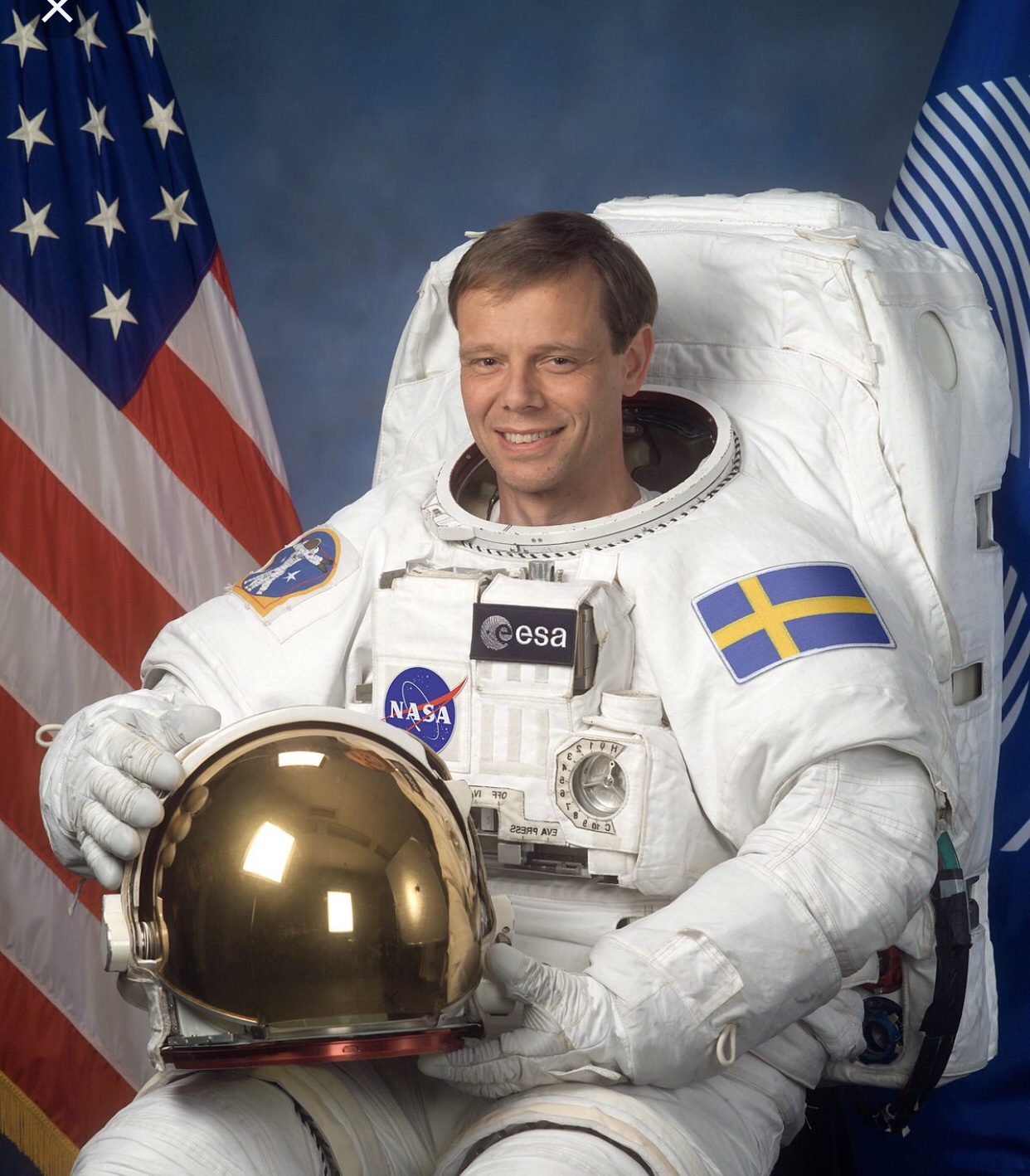MEPs approved the new law to strengthen the European Border and Coast Guard, on Wednesday, to ensure better protection of EU external borders.
The changes to the European Border and Coast Guard Agency (Frontex), already agreed with EU ministers, aim to resolve the current shortcomings and better respond to the present needs in security and migration.
A new standing corps of 10 000 staff to be set up by 2027.

A new standing corps will be set up to support EU countries on the ground in border control and return tasks, as well as in the fight against cross-border crime. Starting with 5 000 operational staff in 2021, the standing corps will be fully operational by 2027 with 10 000 staff. In addition, a rapid reserve pool will be created for deployment in emergencies.
The standing corps will consist of border and coast guards employed by the agency as well as staff seconded on a mandatory basis by EU countries.
More efficient return procedures and cooperation with non-EU countries
The updated agency will be able to support return procedures in member states, for example by identifying irregularly staying non-EU nationals and by assisting national authorities to obtain travel documents. The new rules will also strengthen the cooperation with the European Asylum Support Office.
Cooperation with non-EU countries will also be strengthened, by allowing for new agreements beyond the current limitation to countries neighbouring the EU. Respect for fundamental rights and protection of personal data in such cooperation are ensured through several safeguards. Additionally, a significant number of fundamental rights monitors will constantly assess that the agency’s operational activities comply with fundamental rights.
Time magazine has released its annual list of the world’s most influential people. Under the category of leaders – next to people like Donald Trump, Xi Jinping and Benjamin Netanyahu – Swedish student and environment activist Greta Thunberg is found.

Small, shy, survivor of crippling depression, Greta Thunberg, the 16-year-old Swedish girl skipping school to shame the world into addressing climate change, drew a parade of fans one Friday in February on a frozen square in Stockholm.
She has spoken for the UN Climate Panel, at the UN Climate meeting and she has had bilaterals with Angela Merkel, Marcron, UN Secretary General Guterres and even The Pope.

In its motivation, the TIME magazine compares, among other things, Greta’s involvement with the civil rights movement in the US during the 60s and 70s.
“Climate change is part of our reality, and young activists like Greta do everything in their power to prevent this by demanding a change,” the newspaper writes.
TIME:
“Greta Thunberg saw her power in us, and we in turn see our power in her. Fighting in her home country, Sweden, for a future free from pollution, environmental degradation and climate change, Greta is inspiring steadfast students and shaming apathetic adults”.
Astronaut Jessica Meir is now set to fly to the International Space Station for the first time in September, and Christina Koch, who is currently in space, has her stay onboard extended to an expected record-setting flight of 328 days.

Meir’s September launch to the station will mark her first spaceflight. The Caribou, Maine, native was selected as an astronaut in 2013, while serving as an assistant professor at Harvard Medical School/Massachusetts General Hospital. She holds a bachelor’s in biology from Brown University, a master’s in space studies from International Space University, and a doctorate in marine biology from Scripps Institution of Oceanography. And she is half Swedish! ??.

Time for another Swede in space. Astronaut Christer Fuglesang is a Swedish physicist and an ESA astronaut. He was first launched aboard the STS-116 Space Shuttle mission on December 10, 2006, at 01:47 GMT, making him the first Swedish citizen in space.

With Koch now scheduled to remain in orbit until February 2020, she will set a record for the longest single spaceflight by a woman, eclipsing the previous mark set by Peggy Whitson of 288 days in 2016-17.
“Astronauts demonstrate amazing resilience and adaptability in response to long duration spaceflight exposure,” said Jennifer Fogarty, chief scientist of the Human Research Program at NASA’s Johnson Space Center in Houston. “This will enable successful exploration missions with healthy, performance-ready astronauts. NASA is looking to build on what we have learned with additional astronauts in space for more than 250 days. Christina’s extended mission will provide additional data for NASA’s Human Research Program and continue to support future missions to the Moon and Mars.”
Source: Nasa






You must be logged in to post a comment.